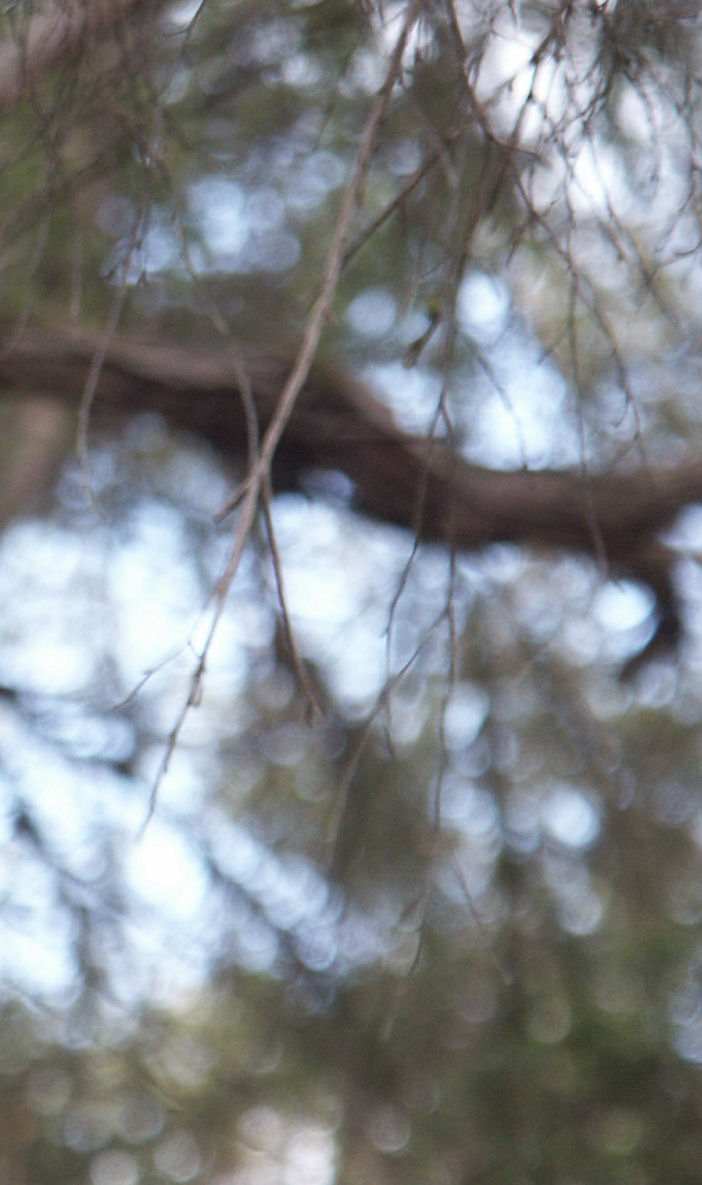Humidity, lighting and ghosts


Dark, cold, damp = spooky
In psychological studies, various factors have been found to contribute to the frequency of spontaneous reports of paranormal experiences. The factors found to promote people reporting haunting-type experiences include:
None of this proves that ghosts are ‘just imagination’. It does mean that in lonely, ‘spooky’ places, people tend to report paranormal incidents more frequently. Of course, there is nothing inherently ‘spooky’ about a cold, dark, damp place. The association with ghosts and other paranormal phenomena probably originates in cultural conventions. In ghost stories, spooky places are typically lonely, dark and cold. There may also be an element of mild sensory deprivation at such locations. The effects of these psychological factors should be considered when examining haunted locations.
- belief in the paranormal
- low lighting
- low ambient sound levels
- high humidity
- low ambient temperatures
- expectation*
- few people being present
knowing a place is haunted
Humidity and ghosts
One of the environmental parameters sometimes measured on vigils is humidity. This is measured with a hygrometer. Humidity is the amount of water vapour in the air.
Although water boils at 100C, water molecules are in the air at much lower temperatures than that. Some molecules leave the surfaces of bodies of water (‘evaporate’) all the time. Other molecules return to the liquid state (‘condense’) all the time. When the rate of evaporation equals the rate of condensation, they reach a state of equilibrium. Unfortunately, this state is referred to, for historical reasons, as ‘saturated’ (which implies that the water vapour is ‘dissolved’ in the air, which it is not - water vapour would still be present around water in a vacuum).
Relative humidity, expressed as a percentage, refers to how close the humidity is to the ‘saturated’ state. Relative humidity is not a measure of the absolute amount of water vapour per unit volume of air (that is called specific humidity). Dew point is the temperature to which air must be reduced to become saturated.
The important point to remember is that relative humidity is NOT an absolute measure of the amount of water vapour in the air. It varies according to temperature and the presence of water surfaces at the site (and whether they are flat or in droplet form!). So you cannot use relative humidity to compare absolute humidity from place to place and time to time.
Luckily, there are instruments available that can measure specific humidity. So when you buy a hygrometer, check that it measures specific or absolute humidity and reject it if it only measures relative humidity.
You can also obtain moisture meters (used by building surveyors) to measure the amount of water in the fabric of buildings. If you buy such an instrument, you should make sure it is ‘non-invasive’ type ie. that it does not need to actually penetrate walls or floors in any way. It is certainly never acceptable to damage anyone’s property when looking for ghosts!
Effects of humidity
Curiously, you might feel cold and damp in warm air conditions with a low relative humidity. In this situation moisture evaporates from your skin making you feel cool and clammy. This might feel spooky (see left). In conditions of low relative humidity, you may experience the effects of static electricity.
Illumination and ghosts
Few ghost researchers measure the illumination at allegedly haunted locations. Indeed, they often manipulate the lighting by holding vigils in the dark. This is despite the fact that the original reports of a haunting by casual witnesses were often in perfectly normal illumination.
So, unfortunately, we don’t have many records of the exact state of illumination when ghosts were seen or other haunting phenomena witnessed. Illumination is another environmental variable, like sound or temperature, so why is it neglected? It is particularly unfortunate given the results of certain psychological studies.
Of course, cameras record light. However, they record the pattern of light and colour rather than overall illumination. What is more, modern cameras tend to automatically adjust their sensitivity to produce a well-exposed picture. This means that they don’t give an overall feel for how dark or light a place is.
It would be useful if researchers recorded illumination states when paranormal events are witnessed. If it cannot be done at the time, it should be possible to recreate lighting conditions quite easily after the event.
You could, of course, obtain a photometer to measure overall illumination. However, few people are likely to be interested enough to buy such an unusual instrument.
What you could do instead is to photograph the scene where an incident took place with a digital camera. Then you could compare it to similar non-haunted locations nearby. Finally, you could use the EXIF data to compare differences in combined f-stop and shutter times (which produce exposure values or EVs).